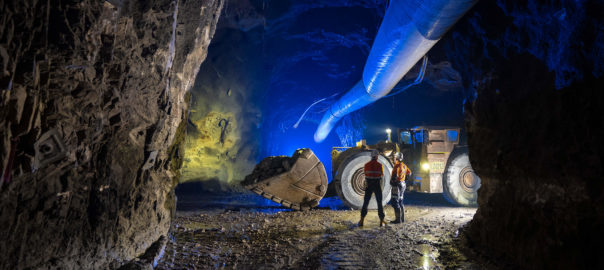Murray & Roberts Cementation is helping Ivanplats deliver the Platreef project in South Africa through the provision of drilling services at the ventilation shaft.
The dual purpose use of the new ventilation shaft at Ivanplats’ Platreef project required extreme pilot hole accuracy, according to Murray & Roberts Cementation.
The vent shaft, or Shaft 3, which meets horizontal development at a depth of 950 m, also needs to be equipped with a hoist and rope guides to carry personnel in the case of emergency. The rope guides for the hoist require the shaft to be drilled vertically within tight parameters. According to Dirk Visser, Senior Project Manager at Murray & Roberts Cementation, this meant offering the client minimal deflection of the pilot hole using a continuous steering tool.
“Using the well-proven German-designed-and-manufactured Micon, Rotary Vertical Drilling System (RVDS), we were able to achieve the set parameters required for a rope guide installation,” Visser says. “The worst deflection was no more than 0.05% – or 452 mm – and, by the time we bottomed out, the deviation was only 0.02% or 226 mm off centre over a final drilling depth of 950 m.”
Micon’s specialised RVDS is a continuous self-steering tool working on a close loop system which steers the tool using two-axis gyro inclination sensors that activate the hydraulic steering system. It can determine in real time if there is any deviation from the vertical course, and communicate this information to the operator on surface via pressure waves in the drilling water by converting the pressure waves into information through transducers, according to the company.
The Murray & Roberts Cementation drilling team not only ensured accurate directional results, but also optimised the performance of the RVDS. By keeping an eye on key variables like voltage levels and water cleanliness.
Visser highlights that drilling to these tolerances with this highly technical equipment demands a very experienced team. On this project, for instance, the most ‘junior’ person has worked with the RVDS for 15 years, while another member has 28 years of experience in raiseboring.
Platreef is owne 64% by Ivanhoe Mines. A 26% interest is held by Ivanplats’ historically disadvantaged, broad-based, black economic empowerment (B-BBEE) partners, while a Japanese consortium of ITOCHU Corporation, Japan Oil, Gas and Metals National Corporation, and Japan Gas Corporation, owns a 10% interest in Ivanplats.
In May, Ivanhoe Mines said that underground development work had been focused on the vertical development of waste passes between the 750-m, 850-m and 950-m levels, and lateral development towards the orebody, as well as lateral development required for underground infrastructure on each level including access to the bottom of Shaft 3 on the 950-m level. Shaft 3, with a diameter of 5.1 m, is currently being reamed with approximately 150 m of 950 m completed to date, it said. Planned completion was scheduled for the December quarter of 2023.
Platreef’s commercial production is expected in 2024, with Shaft 2 now expected to be commissioned in 2027. The initial scope of the phased development plan is to fast-track Platreef into production, starting with an initial 700,000-t/y underground mine using the existing Shaft 1 and a new on-site concentrator. Platfreef, Ivanhoe says, is projected to be Africa’s lowest-cost producer of platinum-group metals, nickel, copper and gold.







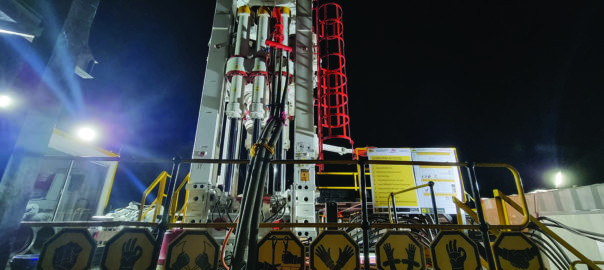

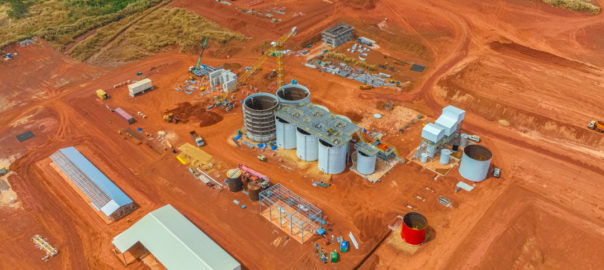
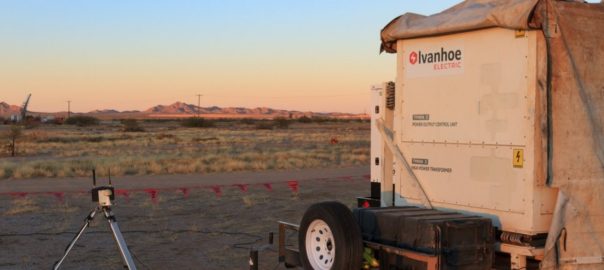
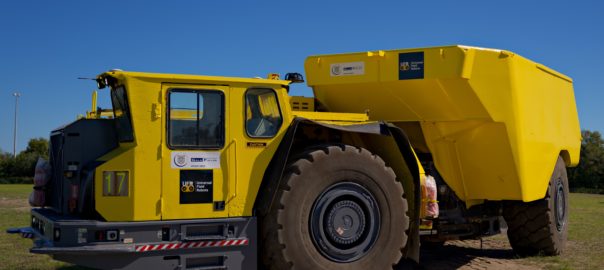
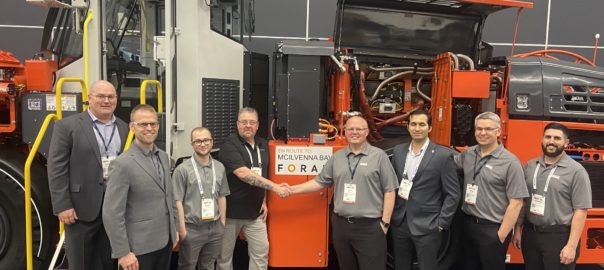
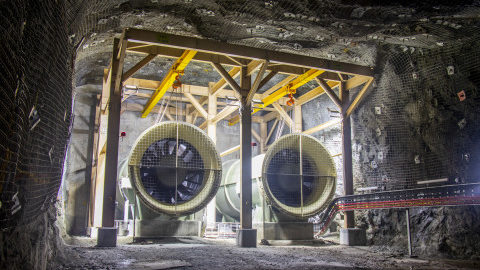

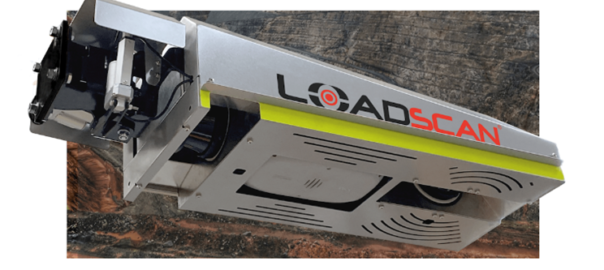
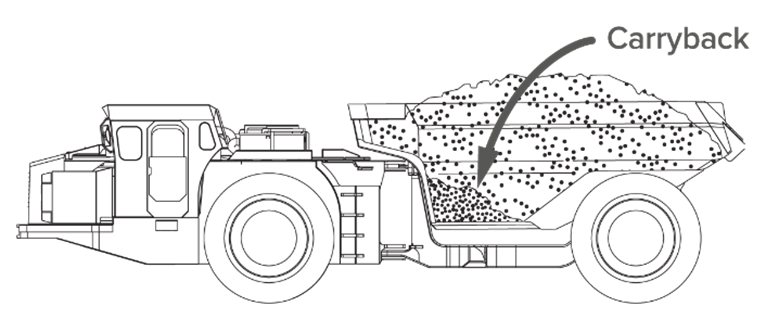 “One of the most important factors that the MPS can highlight is the incidence of carryback (or haulback), where material isn’t discharged from the bin during unloading and is carried back into the mine portal, reducing effective payload and having a considerable impact on productivity and, ultimately, revenue,” Loadscan says. “By identifying carryback, the material can be accounted for, deducted from shift tallies where necessary, and removed from the bin to ensure accuracy and improved payload capacity.”
“One of the most important factors that the MPS can highlight is the incidence of carryback (or haulback), where material isn’t discharged from the bin during unloading and is carried back into the mine portal, reducing effective payload and having a considerable impact on productivity and, ultimately, revenue,” Loadscan says. “By identifying carryback, the material can be accounted for, deducted from shift tallies where necessary, and removed from the bin to ensure accuracy and improved payload capacity.”